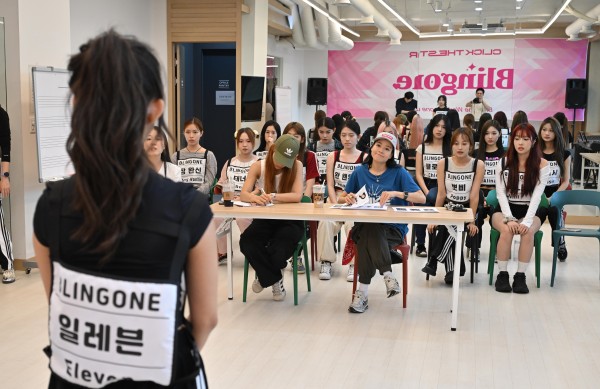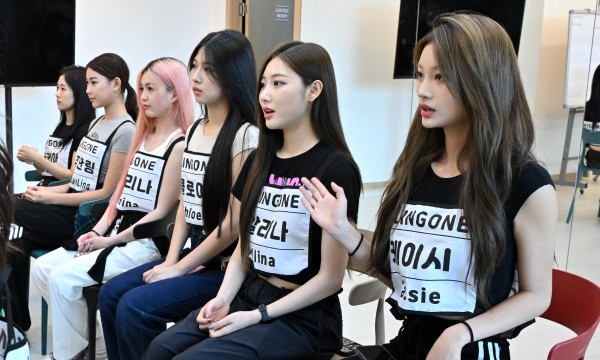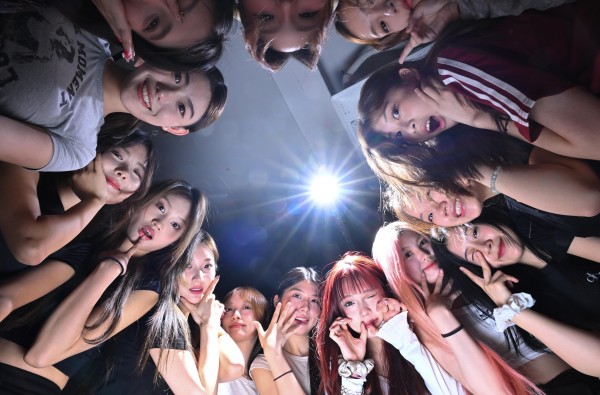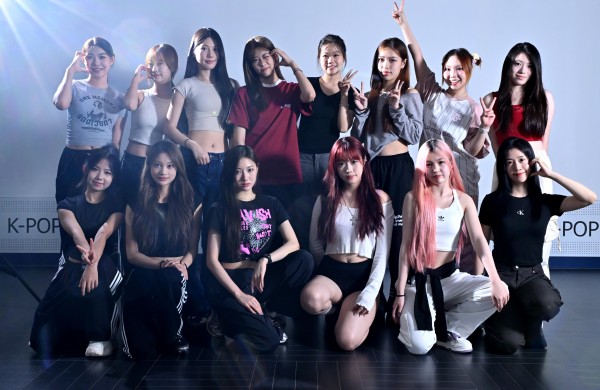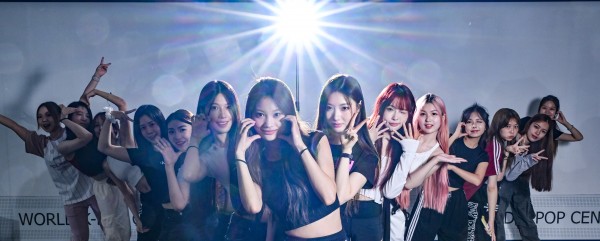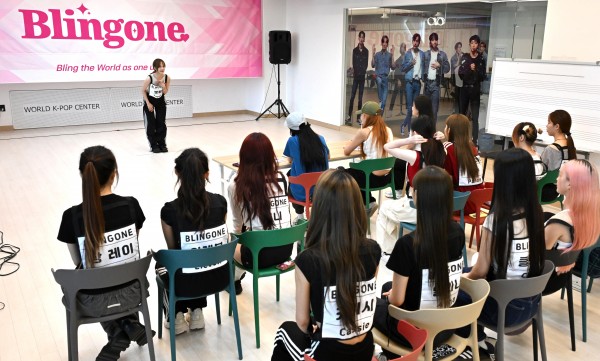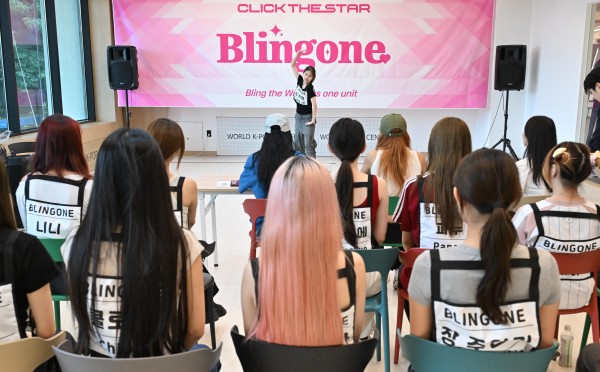World K-Pop Center: Where K-pop dreams take flight
On the afternoon of Sept. 10, six K-pop trainees from China gathered in a dance studio at the World K-Pop Center in Jung-gu, Seoul, for a practice session.
Donning comfortable training outfits and sneakers, their faces reflected a mix of excitement, nerves and determination. The trainees are just over two months away from
They are a portion of a larger group of 17 trainees who passed a highly competitive audition process in China, where the odds of selection were about one in a thousand. After arriving in Seoul for the final round of auditions, they are undergoing three months of intense training and evaluations. By the end of this month, seven will be sent home, with another three or four more eliminated before the final group is set in November.
“I came to Korea with the dream of debuting in a K-pop girl group,” said Ao Xinyi, 23, who goes by her stage name Alina. “I tried out for many auditions with big entertainment companies in China, but was cut because of my age. I applied for the World K-Pop Center’s audition because it’s much less strict about age.”
The participants in Seoul ranged in age from 18 to 23, while the average age for K-pop trainees at other major agencies here tends to be around 15.
“I’ve dreamed of becoming a K-pop idol since I was young. I didn’t have a chance to pursue that dream in China, so I went to college and recently completed my master’s degree. Then I heard about the audition for the World K-Pop Center on social media and decided to give it one last shot,” Zheng said.
For many trainees, the audition at the World K-Pop Center represents a final opportunity to debut in a girl group. Although they may dream of becoming superstars like BTS or Blackpink, the World K-Pop Center has a different mission. Its goal is to promote both the popularization and localization of K-pop as an educational hub.
“Our goal isn’t to create superstar girl groups -- that’s what major companies like Hybe and SM Entertainment do. We aim to give opportunities to aspiring K-pop idols who may have been overlooked by the big K-pop powerhouses or who come from places without K-pop auditions,” said Lee In-soo, the operations team leader at the World K-Pop Center, on Sept. 10.
Each group, composed of only nationals of the respective nations where the auditions were held, will perform under the franchise name BlingOne with their country’s name attached. It is similar in concept to SM Entertainment’s boy band project NCT in that there are limitless members, but organized by nationality.
The first season of "Click the Star" began in Peru last year, with its all-Peruvian girl group debuting in June this year. The second season, originally set for Mongolia, was halted due to contractual issues. The third season, currently underway, is set to create a Chinese girl group.
“Our next stops will likely be Southeast Asian countries like Indonesia, the Philippines and Malaysia. We also have a project planned in South Africa one day,” Lee added.
The entire process -- from the initial auditions to the debut in Korea -- takes about eight months. Launching these groups in Korea, the birthplace of K-pop, is vital for them to be recognized as legitimate K-pop acts.
“K-pop has a core of devoted fans, and we’re focused on expanding that fan base. For this to happen, we need to localize everything so that even those who previously had no interest in K-pop will start to take notice,” he added.
While K-pop has already achieved global fame, sustaining that momentum requires educational support. The institution’s main objective is to globalize K-pop education.
“K-pop fans love their stars and Korean culture, and they consume it. But for K-pop to thrive among future generations, education must play a part. And this education needs to happen not just in Korea but also in countries around the world,” Lee said.
It says it partners with government-run institutions to access their infrastructure abroad, with the common goal of fostering and promoting Korean culture. In this context, while traditional entertainment companies focus on developing the competitive brands of their artists, the World K-Pop Center is focused on building an international educational framework rooted in Korean culture.

